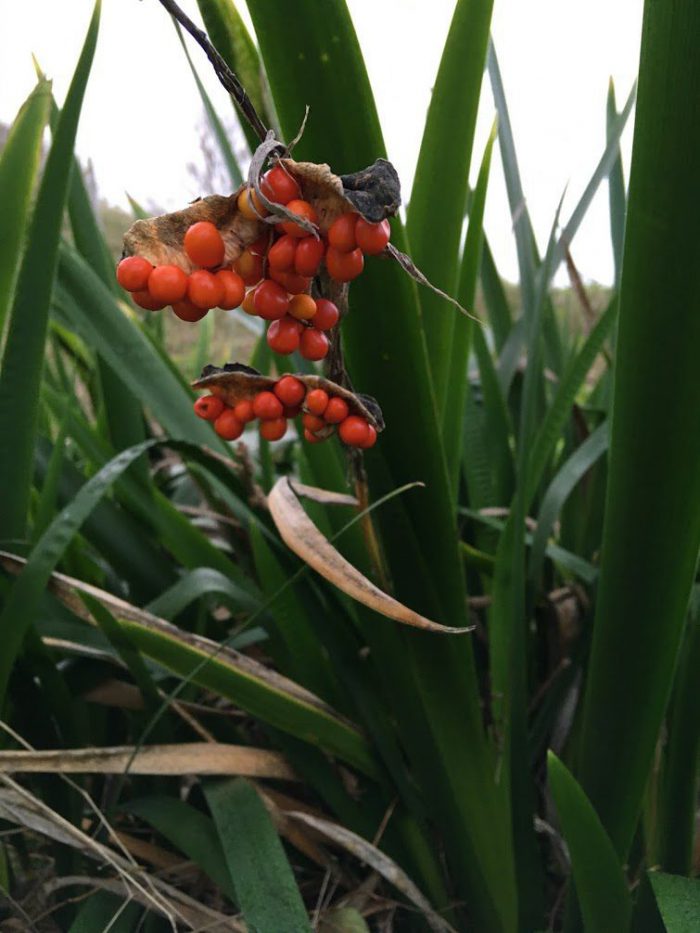European white-fronted geese
These geese have migrated 2,500-3,000km from Siberia to spend the winter months in the UK where it is warmer, and more food is available. White-fronted geese can be recognised by the large white patch around its beak, with orange legs and a pink bill. They can be found on wetland and farmland habitats, feeding on grass, leaves, grains, oats, wheat and potatoes.
Bewick’s swans
Another winter visitor from Siberia, these swans have yellow and black bills, compared to our resident mute swans who have orange bills. Bewick’s swans look rather similar to whooper swans, which can also be seen on Romney Marsh in the winter. Bewick’s are smaller and rounded yellow patches either side of their bill compared to the larger whooper swan who has ‘V’ shaped yellow patches on their bill.
Thrushes
Several species of thrush can be found across Romney Marsh in the winter, including fieldfare, redwing and song thrush. Fieldfare and redwing migrate here for winter from Scandinavia and Iceland, feeding on berries from scrubs such as hawthorn. Fieldfare have a grey head and rump, a black tail, a brown back and wings, and a speckled chest. When they fly their call is quite distinctive, as it sounds very similar to a football rattle. Redwing are much smaller (the size of a blackbird), with the easily recognisable red patch under their wing and a white eyebrow stripe.
Buff-tailed bumblebee
In warmer parts of the UK Buff-tailed bumblebee colonies are active, feeding on winter-flowering plants such as winter honeysuckle and mahonia. Even when temperatures are low and there is snow, these bees have been regularly recorded! Previously, the buff-tailed bumblebee has been recorded in the south during winter, but as the climate continues to change, they are starting to appear further north.
Stinking iris (see cover image)
In summer, this iris has deep purple flowers and dark green leaves, but in autumn and winter the seed capsules split open, revealing the bright orange-red seeds. Stinking iris is one of the two native iris species in Britain. Some people find the smell of the iris’ leaves unpleasant when cut or damaged, with some describing it as a “beefy” smell.

